Apple Card is not just the physical card you get in the mail when you sign up for an Apple Card. There are a lot of upsides to what Apple's doing with Apple Card and Apple Pay.
I get it. And I also believe the physical titanium Apple Card is a marvel of engineering. Kudos to the metallurgists and designers who produced it—it would easily make for a durable and beautiful display piece on the history of monetary transfer.
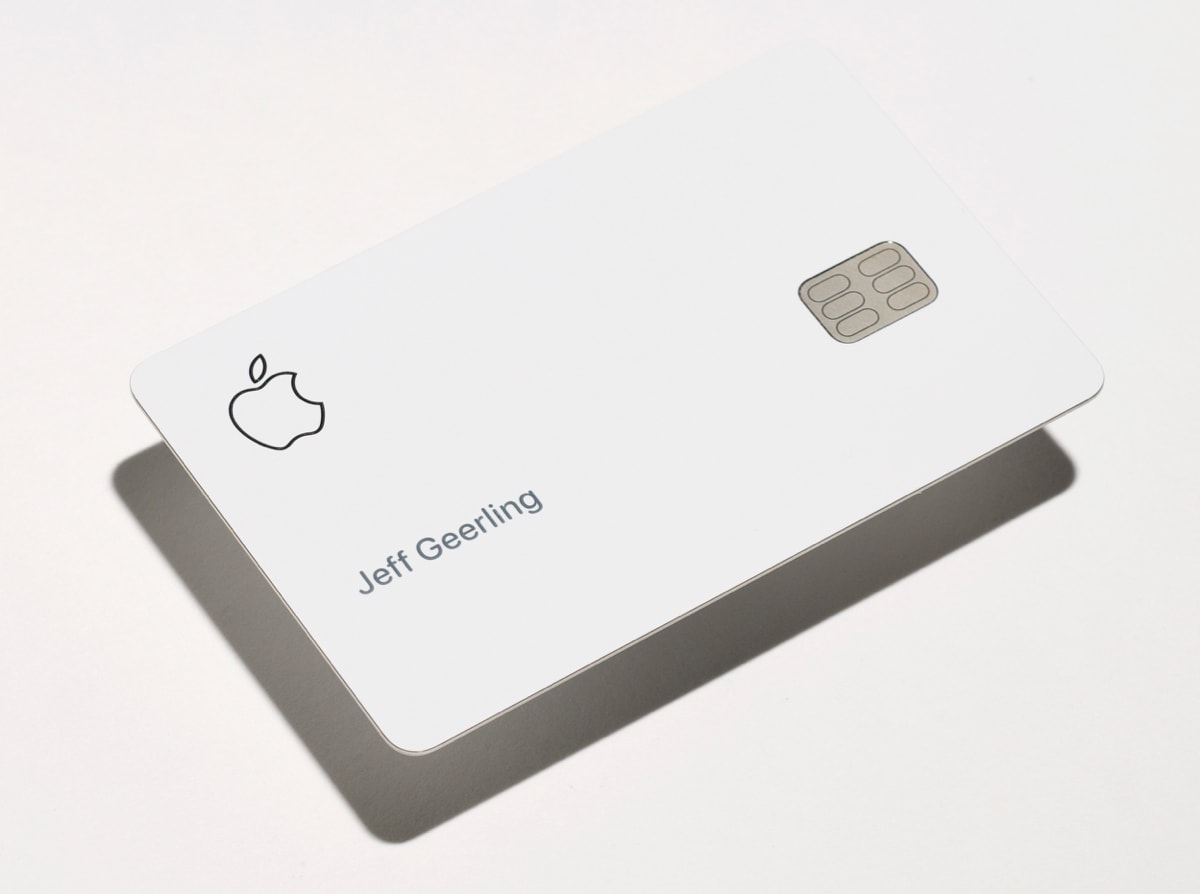
The card feels great in your hand. It has a beautiful white finish. The letter and logo detail is impeccable.
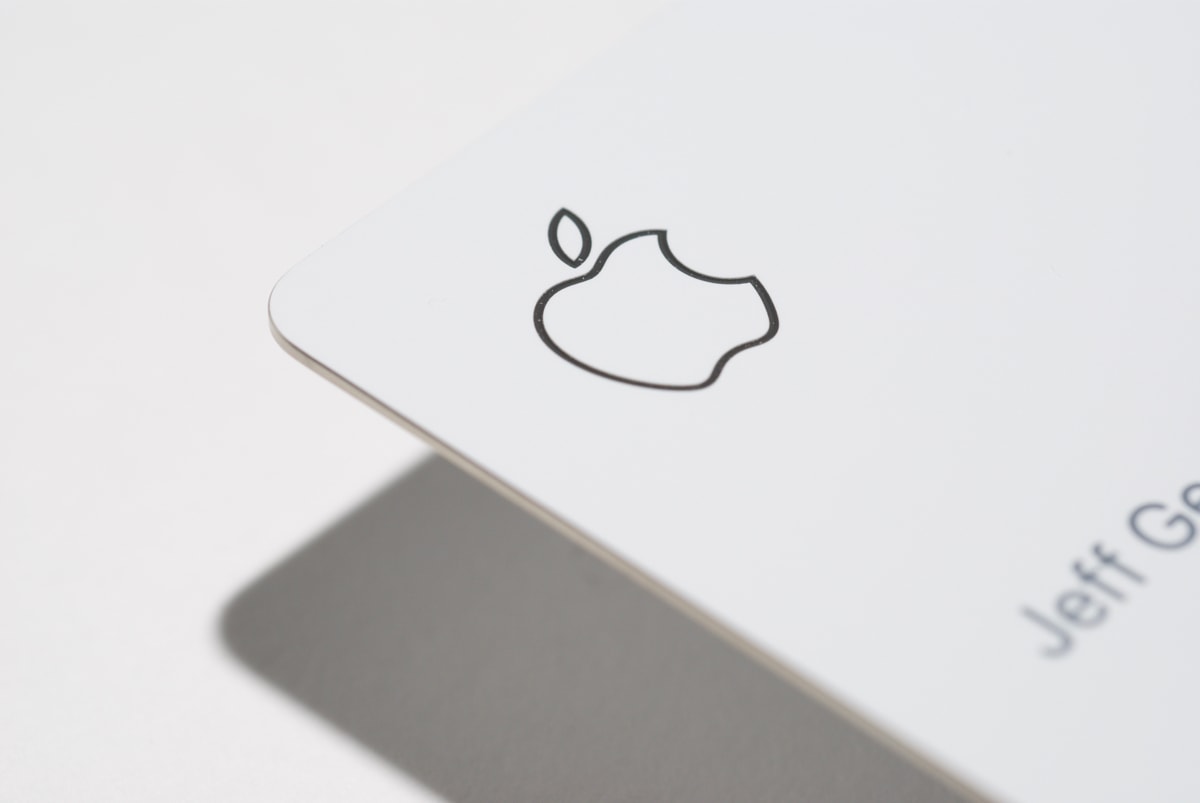
The way the magstripe seamlessly integrates into the titanium structure of the card is beautiful, and probably required some extremely precise machining.
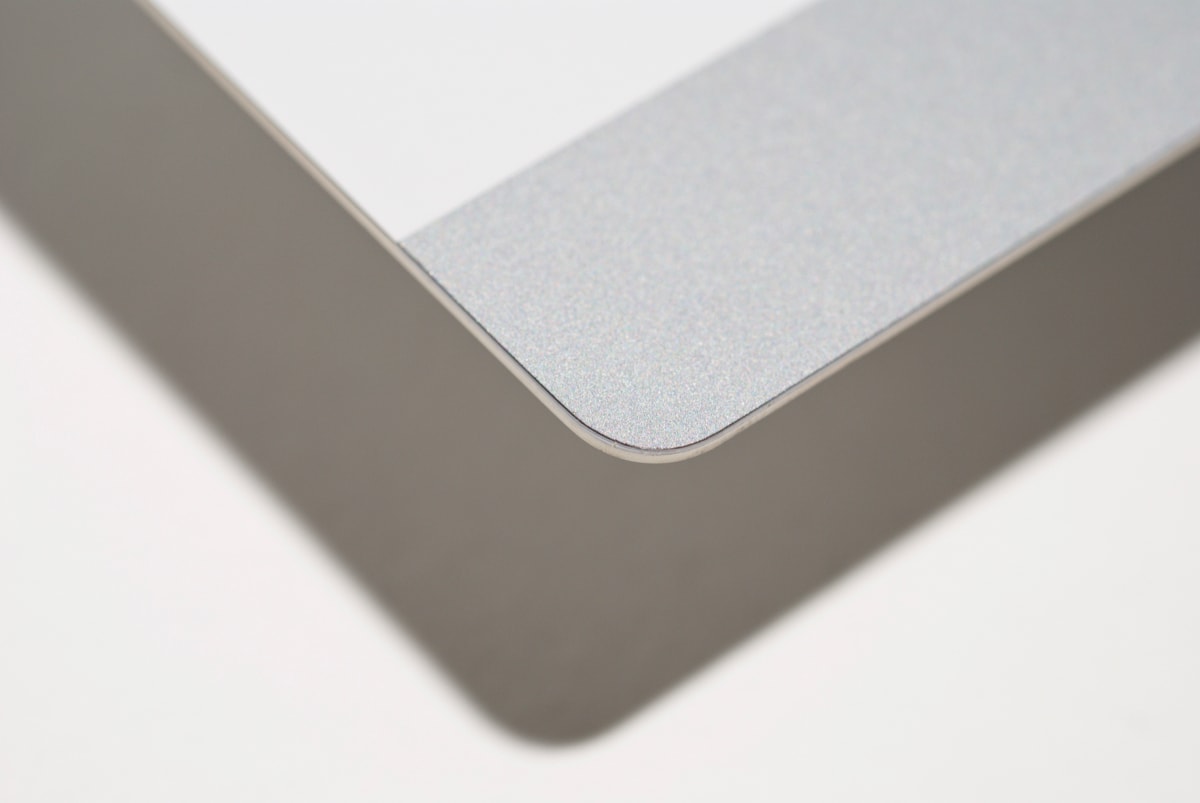
But it's a terrible physical credit card for those of us used to typical plastic cards.
Why Apple Card is a terrible credit card
The Apple Card has been raked through the coals over this support document because it is not recommended for use near leather (the most common material used in wallets) or denim (one of the most common outerwear materials). Nor is it recommended to be touching any other credit cards. Nor is it recommended to be in a pocket or bag containing loose change, keys, or any other kind of potentially-abrasive items.
That's pretty ridiculous, because that rules out probably 90% of the valid use cases for a credit card... and other plastic credit cards don't have this issue.
But those are mostly for aesthetic reasons; and let's be honest, how many people have credit cards with numbers and graphics that aren't completely worn off after a year or two?
The card feels amazing to hold. But because it's finely machined Titanium, those beautiful edges also mean sensitive fingers (e.g. anyone with dry skin or problems such as eczema) can be damaged just by pulling the card out of a slot in a wallet or sleeve. This is not as big an issue with plastic as the sides do not maintain a perfect edge for very long. This problem exists with any metal card, but in most cases, people have to choose to get a metal card, because the default for 99% of the CC companies is a plastic card.
Unlike plastic cards, which have some give when you need to kind of 'bend and pull' them out of a tight fitting card sleeve or wallet pocket, the rigid titanium card does not give. I've found the only way to reliably remove the card from a sleeve is to squeeze on the sides of the card, and this is not nearly as comfortable as removing a plastic credit card, at least in my brief experience.
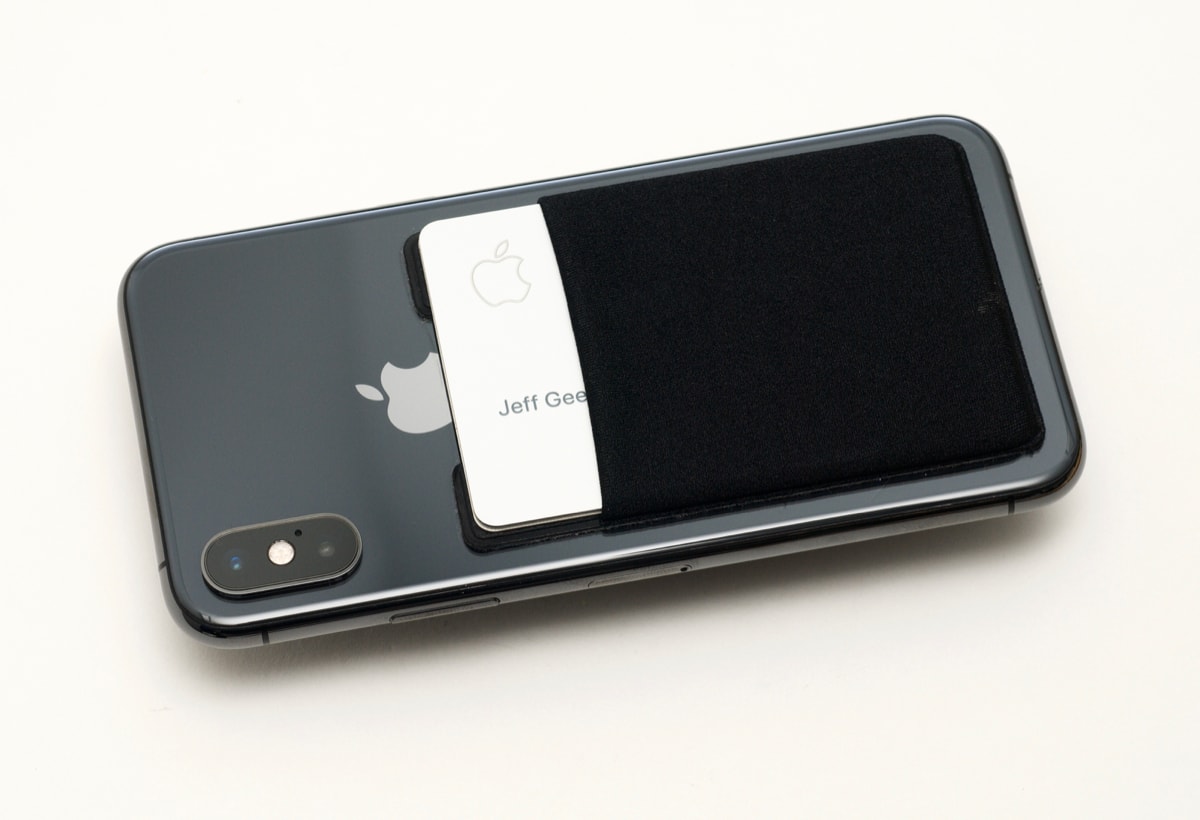
Finally, I use a 'back of the iPhone' wallet, which is basically a little pocket that holds my driver's license, insurance card, and a credit card (for pesky retailers who don't accept contactless payment yet). With any modern iPhone, the Apple Card acts as a perfect RF block for Qi wireless charging (which operates in the 80+ kHz range). This means, if you are like me, and store your credit card in an iPhone case, say goodbye to the ability to charge wirelessly.
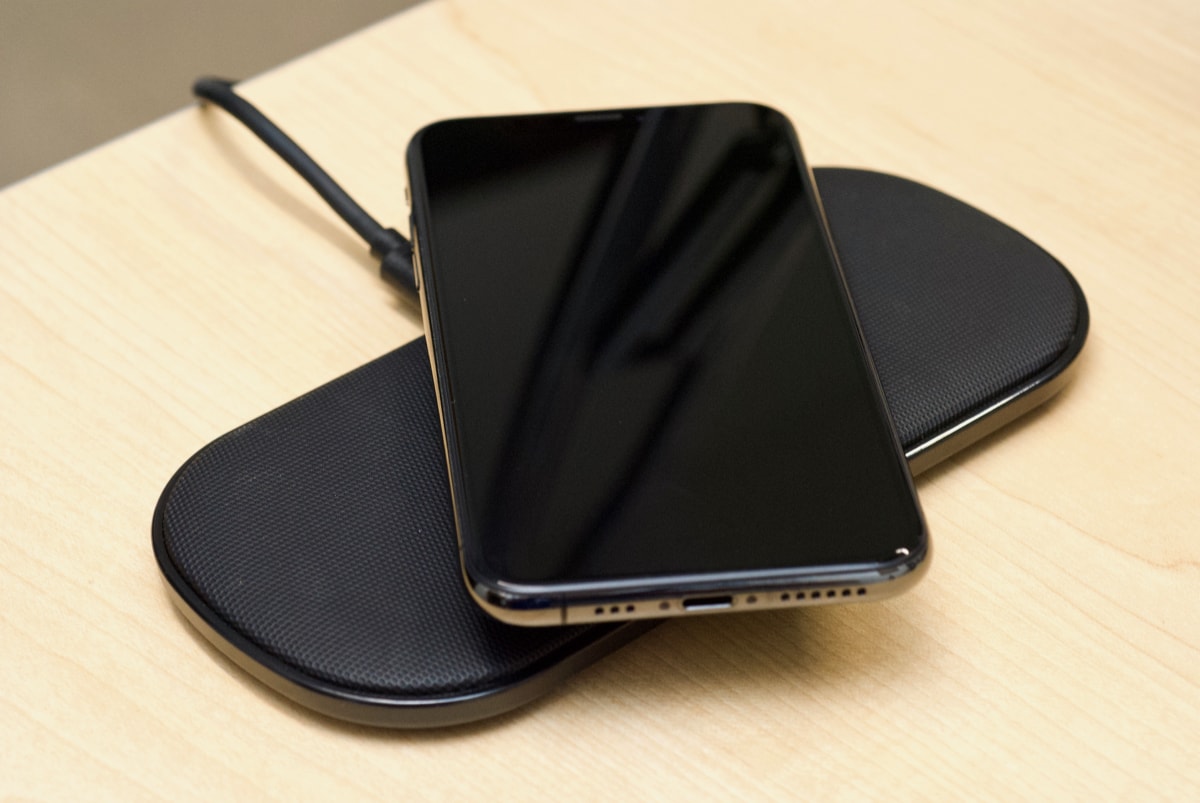
Plastic cards do not have this problem.
How did we get here?
This post feels like the complete opposite of the praise I had for the design of the AirPods when they were released in 2016. From that post:
For the AirPods, you can tell an engineer spent a lot of time working on the charging connector, the little magnets that clasp the lid of the charging case shut, and countless hours on the sensors and 3D layout of electronics inside the AirPods. And every little feature in this messy snot-glued device has a strong purpose and reason for being there. Every circuit is optimized for space, performance, cost, and power efficiency.
I think a similar thing to the TouchBar happened here; except worse. At least with TouchBar, you could argue that it provides some baseline of improved technology for some users.
With the Apple Card, it seems like a group of people who don't use credit cards on a daily basis were given a design spec with the dimensions of a standard credit card, then told to design the most beautiful and solid credit card ever. And they did. But the user experience (at least in my case) is a disaster.
I was hoping the Apple Card would be a good credit card with a small improvement in privacy over my transactions, but because the physical card does not fit my use case, I've elected to keep it in a file cabinet.
At least the contactless aspect works well.
Comments
The issues with the card edges - sounds like Apple invented a perfect close-range cold weapon!
Or maybe, Apple engineers never used a credit card for payments, but rather to make perfect lanes of drugs or as a tool, which explains the final design and solution. I bet you can use it for tightening an arca-type tripod adapter to your camera, or for cutting fruits :)
Send it back and use a plastic card then init. nobody be forcing yee to use it
I put my Apple Card and one of those thin Tyvek paper like slips that a lot of credit cards come with. “Problem” solved.
Couple questions.
1. How do you destroy it if you cancel?
2. Do they charge you for a replacement if lost or stolen?
Sorry, but wanting to keep a credit card at the back of an iPhone is a problem that does not exist and only you created. Please do not generalize an edge case.
Probably depends on your locality, but I know quite a few people who use their phone as their wallet with a little pouch stuck to the back, or in a case that has pockets for ID and credit cards.
I don't because I prefer to only lose one thing at a time. It's not an edge case though.